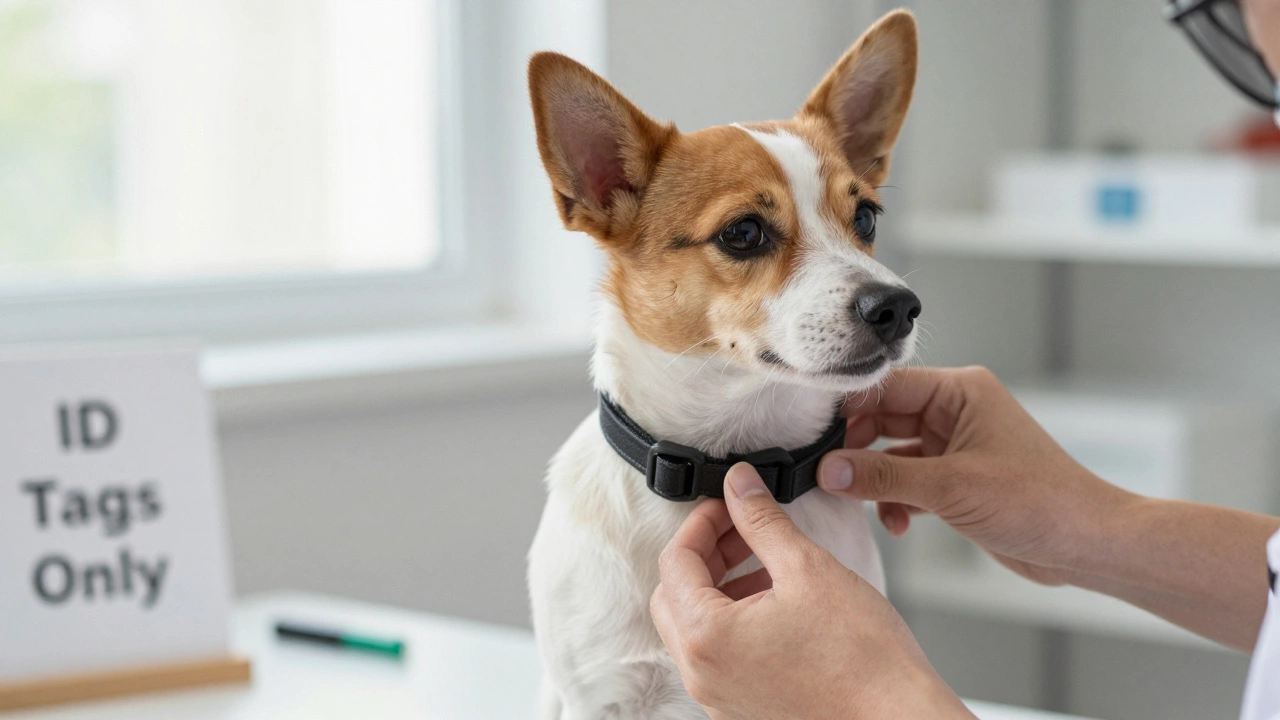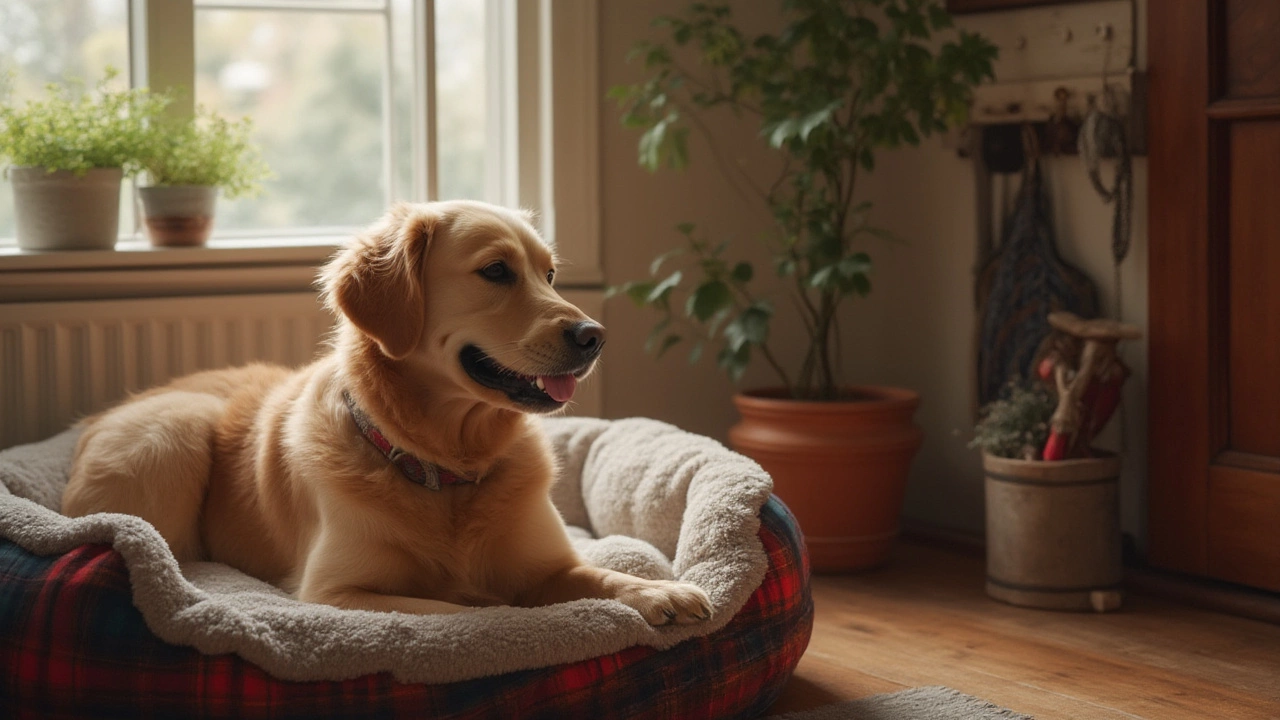Dog Collar Safety: What Every Owner Should Know
Collars are handy, but they can cause trouble if you’re not careful. A loose strap, a cheap material, or leaving it on all day inside can lead to injuries. Below are the basics you need to keep your dog safe while still using a collar for ID or walks.
Choose the Right Collar and Fit It Right
First, pick a collar made from sturdy but soft material. Nylon, leather, or biothane are common choices. Avoid anything that can shred easily or has rough edges.
Measure your dog’s neck with a soft tape. Add about two fingers’ width to the measurement – that’s the sweet spot. When you fasten the buckle, you should be able to slide two fingers underneath. If you can’t, the collar is too tight; if it slides off completely, it’s too loose.
A tight collar can pinch the throat, cause bruises, or even cut off circulation. A loose one can get caught on branches, car seats, or furniture, pulling the dog and causing neck injuries.
When to Take the Collar Off
Inside the house, many owners leave collars on 24/7. That sounds easy, but it’s a risk. Dogs jump on sofas, brush against corners, or get their heads stuck in small spaces. Removing the collar while your dog is indoors reduces those chances.
If you need to keep a tag on, consider a breakaway collar. These have a special clasp that releases under pressure, so the dog can slip out if the collar gets caught.
For outdoor walks, keep the collar on, but check it often. Moisture from rain or play can make a buckle slip. A quick tug test before each walk can catch a problem before it hurts.
Watch for Warning Signs
Regularly inspect the collar for fraying, broken buckles, or worn spots. If you notice any damage, replace it right away.
Watch your dog’s behavior. Excessive scratching around the neck, hair loss, or redness can mean the collar is irritating the skin. In such cases, give the area a break and try a different material.
Also, listen for odd sounds when your dog moves. A loose buckle might rattle or a piece of hardware could be grinding against teeth.
Other Safety Tips
- Never use a choke chain or prong collar unless a professional trainer has shown you how to use it safely.
- Keep the collar’s tags lightweight. Heavy tags can pull on the neck.
- When traveling by car, use a harness instead of a collar for a secure hold.
- Teach your dog to walk on a loose leash. A well‑trained dog puts less pressure on the collar.
By picking the right collar, fitting it properly, and giving it a break when it’s not needed, you’ll avoid most common problems. Keep an eye on any signs of irritation and replace worn gear promptly. Your dog will stay safe, comfortable, and ready for the next adventure.
Posted By Bryndle Redding On 1 Dec 2025 Comments (0)
Do Vets Recommend Dog Collars? What Dog Collars Vets Actually Suggest
Vets recommend flat collars for ID tags and harnesses for walking. Choke, prong, and shock collars are discouraged due to health risks. Learn which collars are safe and why.
READ MOREPosted By Bryndle Redding On 26 Jul 2025 Comments (0)
Should Dogs Wear Collars All The Time? Vet-Backed Advice On 24-7 Dog Collars
Explore if dogs should wear collars 24-7. Get the facts, vet-backed tips, and firsthand advice to keep your dog safe, comfortable, and happy.
READ MORE
